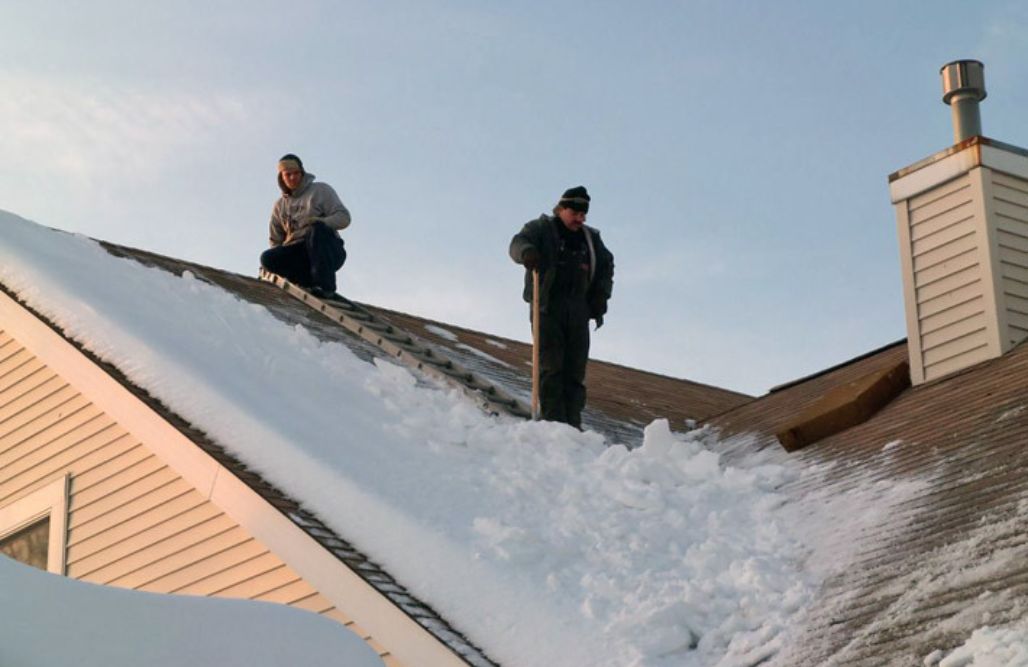How can unique roof architectural structures enhance the appearance and functionality of a commercial building?
Unique architectural structures are often found on commercial buildings, such as rooftop decks, skylights, and mechanical equipment. These features demand specialized expertise and experience during installation, distinguishing commercial roofing from residential roofing, which lacks such complexities.
Another key distinction lies in the load and usage of the roofing system. Commercial roofs are subjected to heavier traffic and equipment usage, leading to more frequent repairs and quicker wear and tear if treated like residential roofs.
Commercial roofing services encompass a broader range of considerations, including regular roof inspections, preventive maintenance, adherence to safety regulations, and compliance with specific roof code requirements. While both commercial and residential roofing services involve installation, maintenance, repair, and replacement, commercial roofing requires a higher level of equipment, expertise, and skill to ensure proper installation.
There are various types of commercial roofing systems available, each tailored to specific needs. These include flat roofs, built-up roofing (BUR), modified bitumen roofing (MB), thermoplastic polyolefin roofing (TPO), ethylene propylene diene terpolymer (EPDM), and metal roofing systems. Flat roofs, commonly found on commercial and industrial buildings, offer ample rooftop space and easy accessibility for maintenance, but their design requires careful attention to water tightness to prevent damage from standing water.
Advantages of flat roofs for commercial buildings include efficient roof space utilization, cost-effectiveness, easy accessibility, environmental friendliness, structural flexibility, energy efficiency, and aesthetic appeal. However, they are susceptible to roof leakage, require regular maintenance, may have weight restrictions, and can have a shorter lifespan compared to other roofing types.

